Concrete cracks in residential properties stem from structural settlement, thermal expansion, or load-bearing issues. Proper crack type identification is crucial for effective repair, ranging from filling cosmetic hairline cracks to complex structural repairs for wider ones. Non-structural cracks less than 1/4 inch wide may be monitored but require prompt action if they widen or show signs of movement. Early intervention using epoxies or polyurethane foams prevents water damage and maintains concrete integrity. Homeowners can choose between professional crack repair, DIY solutions, or proactive maintenance to extend the lifespan of their concrete structures.
Concrete cracks can mar the aesthetics and compromise the structural integrity of residential properties. This comprehensive guide delves into the world of crack solutions, offering a detailed understanding of various causes and types of concrete cracks. We explore effective assessment methods to identify damage extent, followed by an overview of diverse crack repair techniques. Learn when to address non-structural cracks versus monitoring them, and discover the impact on building safety. Additionally, we weigh the pros and cons of professional vs DIY repairs, and provide preventative measures for long-term concrete crack management.
Understanding Concrete Cracks: Causes and Types
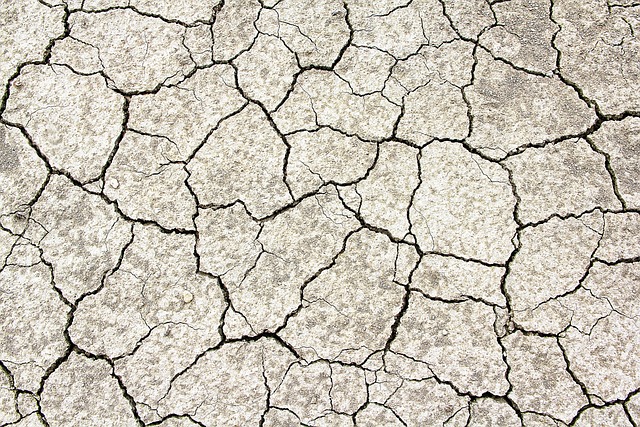
Concrete cracks can be a common sight in residential properties, but understanding their causes and types is key to effective crack repair. There are various factors that contribute to the formation of cracks in concrete structures. One primary reason is structural settlement, often occurring due to uneven soil conditions or load bearing issues. This type of movement leads to hairline fractures, which might go unnoticed at first but can expand over time if left unaddressed.
Another common cause is thermal expansion and contraction. Concrete is sensitive to temperature changes; as it heats up, it expands, and when it cools down, it contracts. These fluctuations can create significant stress on the material, resulting in noticeable cracks, especially in older structures or those with inadequate reinforcement. Different types of concrete cracks include hairline cracks, which are narrow and superficial, often caused by minor movements; diagonal cracks that form a ‘V’ shape, typically indicating structural problems; and vertical cracks, usually indicative of severe settlement or loading issues. Identifying the specific type of crack is crucial for selecting the right crack repair method, ensuring long-lasting solutions.
Assessment: Identifying the Extent of Damage
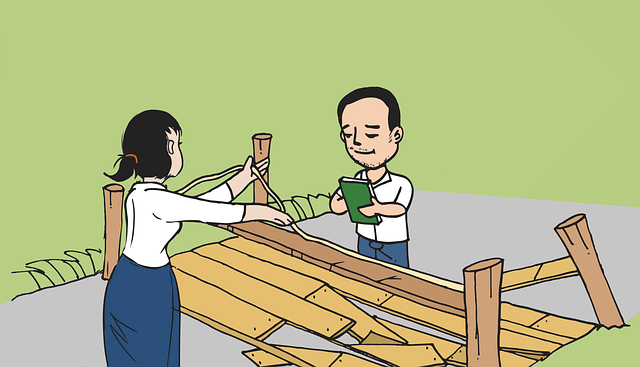
When addressing residential concrete crack solutions, the first step is a thorough assessment to identify the extent of damage. This involves carefully examining the cracks themselves – their size, width, depth, and pattern – to determine if they are structural or cosmetic. Structural cracks, indicating potential weakness in the foundation, require immediate attention from professionals. Cosmetic cracks, while unsightly, may not compromise the integrity of the structure.
During assessment, experts also consider the age of the concrete, local climate conditions, and the type of traffic or weight bearing the surface experiences. These factors help in diagnosing whether the cracks are a result of normal wear and tear, settlement, expansion, or other environmental influences, guiding the selection of the most effective crack repair method – from simple filling and sealing to more complex structural repairs.
Crack Repair Methods: A Comprehensive Overview

Concrete cracks can be both aesthetically pleasing and structurally concerning, depending on their severity. Fortunately, a variety of crack repair methods exist to address this common issue. The first step is to identify the type of crack, as this determines the most effective approach. Hairline cracks, often cosmetic, can be filled with a polymer-based compound that matches the concrete’s color. Wider cracks, particularly those showing signs of structural compromise, require more intensive treatments like epoxy injections or carbon fiber wraps, which strengthen and prevent further damage.
For deeply fractured concrete, demolition and replacement might be necessary. This involves removing the damaged section and installing new concrete, ensuring a solid and durable fix. In between these extremes, there are also partial-depth repairs using specialized mortar mixes or mechanical methods like jack hammering to clean out the crack before filling. Choosing the right crack repair method is crucial, as it directly impacts the longevity of the solution and the structural integrity of the concrete surface.
Non-Structural Cracks: When to Address and When to Monitor

Non-structural cracks in concrete, while often a concern for homeowners, don’t always require immediate action. These cracks are typically wider than 1/4 inch and can be found on the surface of foundations, walls, or floors. However, it’s essential to assess their severity and potential impact before deciding on crack repair. Non-structural cracks that are stable, not spreading, and do not show signs of ongoing movement might only need periodic monitoring. They may develop over time due to normal concrete shrinkage or minor settlement, and addressing them promptly can prevent further issues.
On the other hand, if these cracks are widening, deepening, or exhibiting signs of active movement, it’s crucial to take action. Even non-structural cracks can indicate underlying problems like foundation settling, soil shift, or moisture intrusion. Prompt crack repair using suitable epoxy injections or polyurethane foams can stabilize and seal these cracks, preventing water penetration and potential structural damage. Regular inspection and addressing small cracks early are key to maintaining the integrity of residential concrete structures.
Structural Integrity: The Impact of Cracks on Building Safety
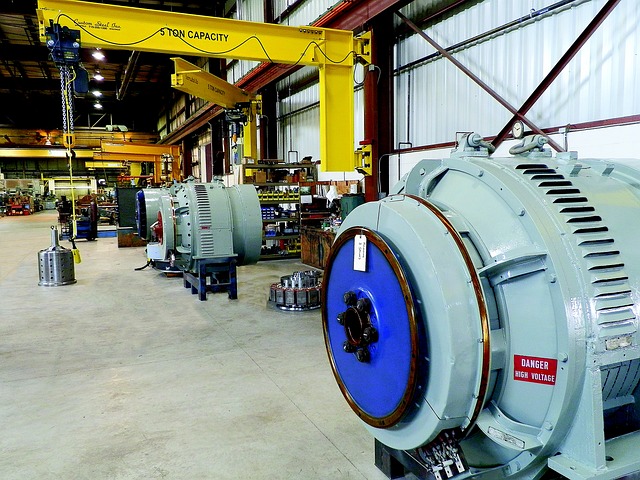
Concrete cracks can be both structurally and aesthetically concerning for homeowners. When it comes to structural integrity, crack repair is crucial as even minor cracks can indicate larger issues beneath the surface. Over time, neglected cracks may grow wider and deeper, compromising the stability of a building. This could lead to more serious structural damage, affecting not just the concrete but also the reinforcement bars buried within.
The impact of these cracks on safety cannot be understated, especially in older buildings or structures with poor maintenance. Proper crack repair is essential to prevent further deterioration and ensure the longevity of the structure. By addressing these issues early through professional evaluation and effective crack repair methods, homeowners can maintain their property’s structural integrity and safety.
Professional vs DIY Crack Repair: Pros and Cons
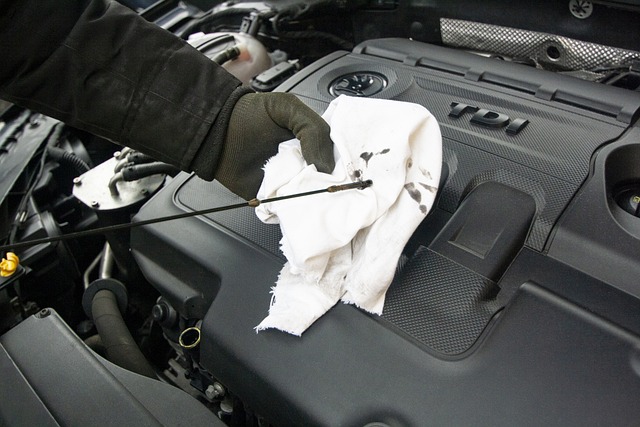
When it comes to addressing concrete cracks, homeowners have two primary options: professional crack repair or DIY approaches. Each has its advantages and disadvantages, impacting both cost and effectiveness. Professional crack repair services offer expertise and specialized equipment, ensuring high-quality repairs that can last longer. They are ideal for larger or structural cracks, providing peace of mind and a guaranteed solution. However, these services come at a higher cost, requiring significant investment upfront.
On the other hand, DIY crack repair methods are more budget-friendly, appealing to those looking for an immediate fix without professional expenses. Homeowners can find various kits available online or at hardware stores, offering step-by-step instructions. While this option allows control over the process and saves costs, it may not yield long-lasting results. DIY repairs might be suitable for minor cracks but could require more frequent maintenance due to potential weaknesses in the repair material’s adhesion or strength.
Preventative Measures: Long-Term Solutions for Concrete Crack Management
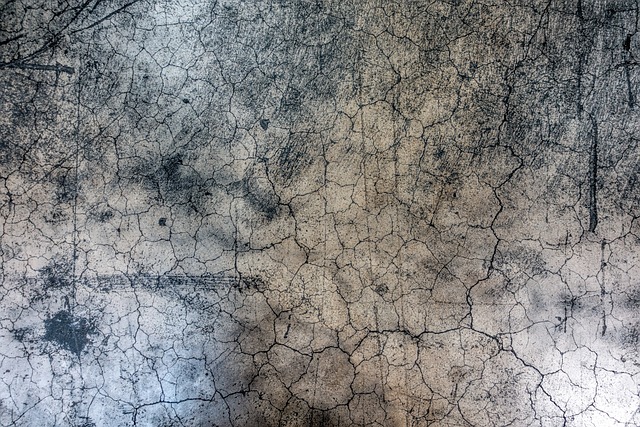
Concrete cracks can be unsightly and may even compromise the structural integrity of your home if left unaddressed. However, with proactive preventative measures, homeowners can significantly extend the life of their concrete structures and avoid costly crack repair in the long run. Regular inspection is key; regularly checking for any signs of cracking, especially around foundations, walls, and floors, allows for early detection. This enables timely intervention before cracks widen or deepen.
Besides routine inspections, certain measures can be taken to fortify concrete against cracking. Adequate hydration during the concrete mixing process ensures its strength and durability. Applying surface seals and coatings can also protect against moisture penetration, a primary cause of concrete degradation. Additionally, proper drainage systems should be installed to redirect water away from foundations, reducing hydrostatic pressure that can lead to cracks.
